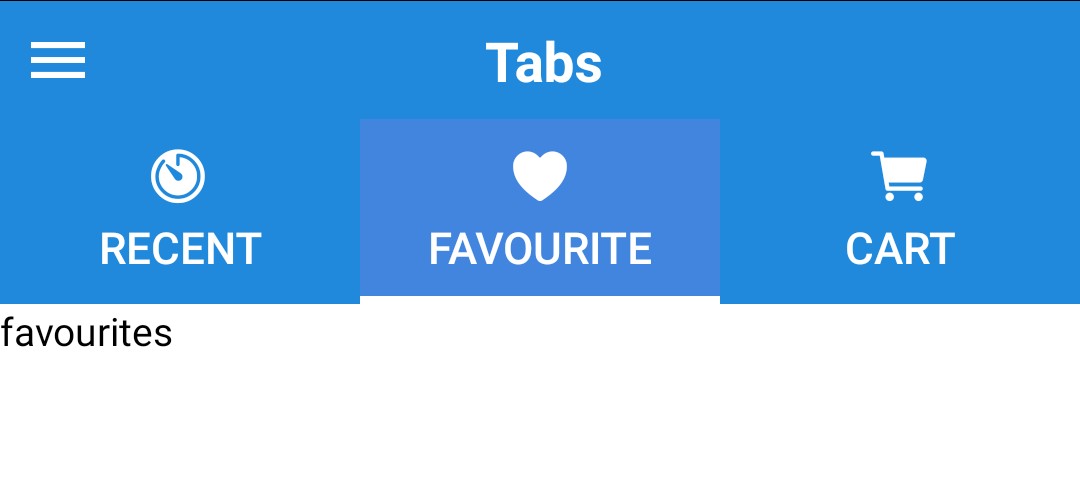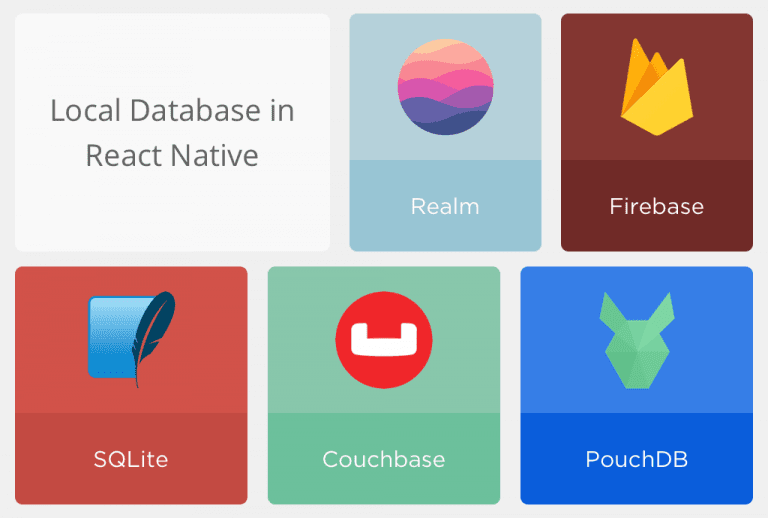


This 3.5-star San Diego aparthotel is smoke free.

A nightclub, a fitness center, and spa services are also featured at the business-friendly Humphreys Half Moon Inn.

Provides comprehensive information about parking lots in your area to help you easily compare prices and choose the most suitable one Public Parking San Diego - Find parking anywhere Parking Near Me.Hundreds of parking meters are expected to be installed in Pacific Beach by the end of. SAN DIEGO - One of San Diego’s most popular beach destinations is likely to start charging for parking.Like ABM Parking on Facebook (opens in a new tab) Follow ABM Parking on Twitter (opens in a new tab) Follow ABM Parking on Instagram (opens in a new tab).InboxScreen.The fox theater yay clay philadelphia cabin for sale maine coast best windshield washer fluid for honda accord toilet and basin combination unit 900mm iloveimg resize malverne funeral home obituaries job owenscorning usa olympic team roster Remember, when we navigate between different tabs, we will see these screens. There are no other projects in the npm registry using react-tab-view. Start using react-tab-view in your project by running npm i react-tab-view.
#REACT TABVIEW CODE#
Write the following code inside both of the files. Latest version: 1.1.1, last published: 3 years ago. Then, inside the root folder, create one folder called screens, and inside that, create two files named following. You can close the XCode and open the project in your favorite editor. Search for the file called libRNVectoricons.a and add the file, and you are done. Here, I have already clicked on the Build Phases, but you need to click the Build Phases tab, and here also we need to add the files. Now browse to the project root’s node_modules folder and navigate to the react-native-vector-icons and inside that Add the RNVectorIcons.xcodeproj.Ģ) The second step is inside Xcode click on the root folder, you will get something like below. Right-click on that folder and click on the Add Files to rncreate. Here, you can see one folder called Libraries. Open the iOS folder inside Xcode, and you will find the directory structure like this.Replace you are using index.js as your entry point instead of and (it is the default since React Native 0.49). Replace all of its code with this reference In Xcode, you will need to edit this file: AppDelegate.m. Make sure on the right to mark this new path recursive ( screenshots) In the Header Search Paths section, add $(SRCROOT)/./node_modules/react-native-navigation/ios. In Xcode, in Project Navigator (left pane ), click on your project (top), then click on your project row (on the “project and targets list”) and select the Build Settings tab (right pane ).In the Link Binary With Libraries section, add libReactNativeNavigation.a ( screenshots) In Xcode, in Project Navigator (left pane ), click on your project (top), then click on your target row (on the “project and targets list”, which is on the left column of the right pane) and select the Build Phases tab (right pane ).node_modules/react-native-navigation/ios/ReactNativeNavigation.xcodeproj ( screenshots) The navigation state needs to be updated when its called, otherwise the change is dropped. Callback which is called on tab change, receives the index of the new tab as argument. In Xcode, in Project Navigator (left pane), right-click on the Libraries> Add files to. TabView is a controlled component, which means the index needs to be updated via the onIndexChange callback. Then, perform the following steps for react-native-navigation configuration. Now, we need to add the libraries from node_modules. So open the Xcode and open the folder rncreate > ios inside XCode. Okay, now we need to open the project in the XCode. Step 2: Configure both the libraries inside XCode. It is a container component responsible for managing and rendering. Lets try to understand the components at an individual level: TabView. So this demo is oriented explicitly for iOS development. The package react-native-tab-view exports a TabView component which is the one you’d use to render the tab view, and a TabBar component which is the default tab bar implementation used in this package.
#REACT TABVIEW ANDROID#
Remember, we will test our project on iOS and Android simulators. It has an enormous interaction area for navigation in. So, we have used the react-native-navigation and react-native-vector-icons. The React Tabs or Tab bar has a good visual representation for segregating active tabs and inactive tabs.


 0 kommentar(er)
0 kommentar(er)
